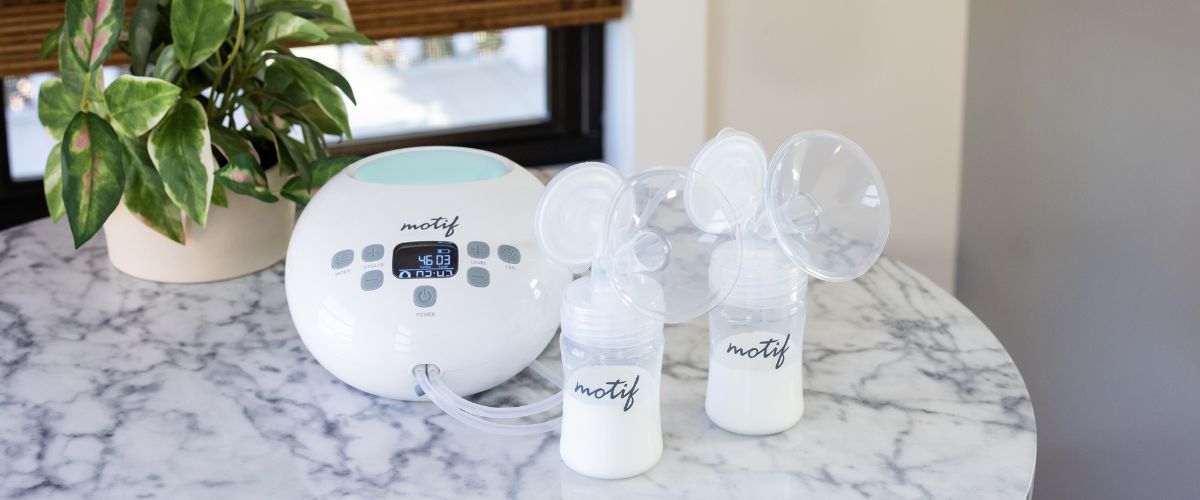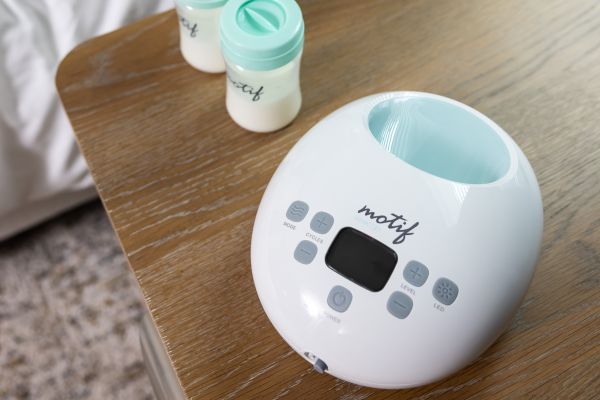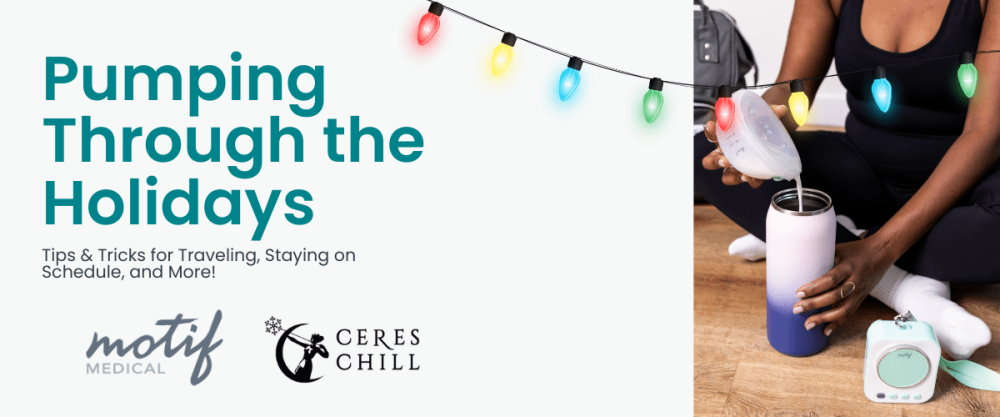Will I Need to Pump?
If you’re planning to breastfeed or have already begun your breastfeeding journey, you’ve likely given some thought to incorporating pumping and bottle feeding. Pumping provides a way to maintain milk production when you are separated from your baby, if your baby has latch difficulties, or if you desire to provide breastmilk via bottle. While it’s possible to exclusively nurse your baby, never using a breast pump or bottle, most mothers incorporate pumping as part of their breastfeeding routine. In fact, approximately 91% of breastfeeding mothers between 2016 and 2021 used a breast pump at some point in their breastfeeding experience.
When Should I Start Pumping?
When you start pumping will depend on your feeding goals and how breastfeeding is going overall.
If latching and breastfeeding are going well:
It is ideal to wait 4-6 weeks to allow for you and your baby to get really comfortable with breastfeeding and for your milk supply to build based on the baby’s demands.
If you experience breastfeeding difficulties, such as latch problems or low milk supply:
It may be necessary to introduce pumping earlier than 4-6 weeks if your baby is having difficulty breastfeeding directly or if you’re making less milk than your baby needs. It is always best to work with an experienced IBCLC (International Board Certified Lactation Consultant) to make a pumping and feeding plan that helps support your feeding goals.
If you have a short maternity leave:
It is ideal to allow yourself and your baby at least 2 weeks to get used to pumping and bottle feeding before returning to work if possible. Continue to prioritize direct breastfeeding while slowly increasing the number of pumping sessions and bottle feedings as your return-to-work date gets closer.
How Do I Start Pumping?
Start by pumping for about 10 minutes following your first morning nursing session. Milk supply is typically higher in the early mornings due to the natural rise and fall of prolactin (the milk-making hormone) in a 24-hour period. It’s ok if you don’t get much milk when you first start pumping. It takes time to learn how to pump and to find the right settings and flange fit for your body. As you continue to pump for 10 minutes after your first morning nursing sessions, your body will slowly start to respond to pumping, and you will start to feel more comfortable with the process.
Breastfeeding Basics
Once you feel like you’ve mastered these short pump sessions, it’s time to replace a nursing session with a pumping session.
Try to anticipate when your baby might be hungry by about 30 minutes and pump for 20 minutes instead of nursing. You can then feed the milk you pumped via a bottle.
As time goes by, you and your baby will feel more comfortable going back and forth between breast and bottle as long as you keep pumping and bottle feeding as part of your regular routine. If you are planning to return to work, you’ll want to increase the frequency of pumping and bottle feeding sessions in the last two weeks of your maternity leave. This will help keep the transition smooth on your first day back.
How Do I Introduce a Bottle?
Choose a bottle that supports breastfeeding. Look for a slow-flow nipple that has a gentle slope from base to tip (similar to a traffic cone).
Use Paced Bottle Feeding
This bottle feeding method helps to prevent a preference for the fast, consistent flow of the bottle. It also helps prevent overfeeding. While “nipple confusion” is actually a myth, “flow preference” is a real thing, and using Paced Bottle Feeding can help make it easier for your baby to go back and forth between breast and bottle.
- Hold your baby in a slightly reclined position.
- Tickle baby’s upper lip and let them draw the bottle nipple in instead of pushing it in.
- Allow your baby to suck on the empty bottle nipple a few times before raising the bottle until it is level with the floor. This mimics what babies experience when they suck a few times to trigger letdown at the breast..
- Keep the bottle level with the floor to prevent the flow from becoming too fast.
- Let your baby take short breaks just like when nursing at the breast. If your baby starts to gulp, tip the end of the bottle down to slow the flow of milk. Gulping can cause stomach upset because baby will swallow lots of air while drinking too fast.
- Follow the baby’s cues for when to end the feeding. Avoid pressuring your baby to drink more if they are letting you know they’re full.
- Teach your baby’s other caregivers how to use Paced Bottle Feeding.
Offer bottles 1-2 times a week. - Once your baby has accepted the bottle, keep it as part of your regular routine so they don’t lose their bottle-feeding skills.
How Do I Keep Up My Milk Supply?
The key to maintaining your milk supply while introducing pumping and bottle feeding is to make sure you are removing milk frequently and effectively. Having a high-quality breast pump is a must! The Motif Luna is an excellent choice if you need to pump multiple times per day on a regular basis. If you need to pump while on-the-go or need to be hands-free, the Motif Roam and Motif Aura Glow are great options. No matter which pump you choose, it’s important to have the right flange fit and to stick to a pumping schedule. A general rule of thumb is to always pump for any missed nursing sessions. If something comes up that prevents you from pumping on your normal schedule, it’s ok to pump a little earlier or later than normal, but don’t skip! Skipping sessions sends the message that your breasts need to slow down milk production. Going too long without removing milk can also lead to engorgement, clogged ducts (ductal narrowing), and mastitis. If you are struggling to find the right flange fit or struggling to pump effectively, reach out to an IBCLC who can help.
How Can I Get a Breast Pump Through Insurance?
The right equipment can make all the difference in your breastfeeding journey! Motif’s line of top-rated breast pumps may be covered at no cost by insurance. Check your eligibility and get the process started in a few short steps.
Information provided in blogs should not be used as a substitute for medical care or consultation.










